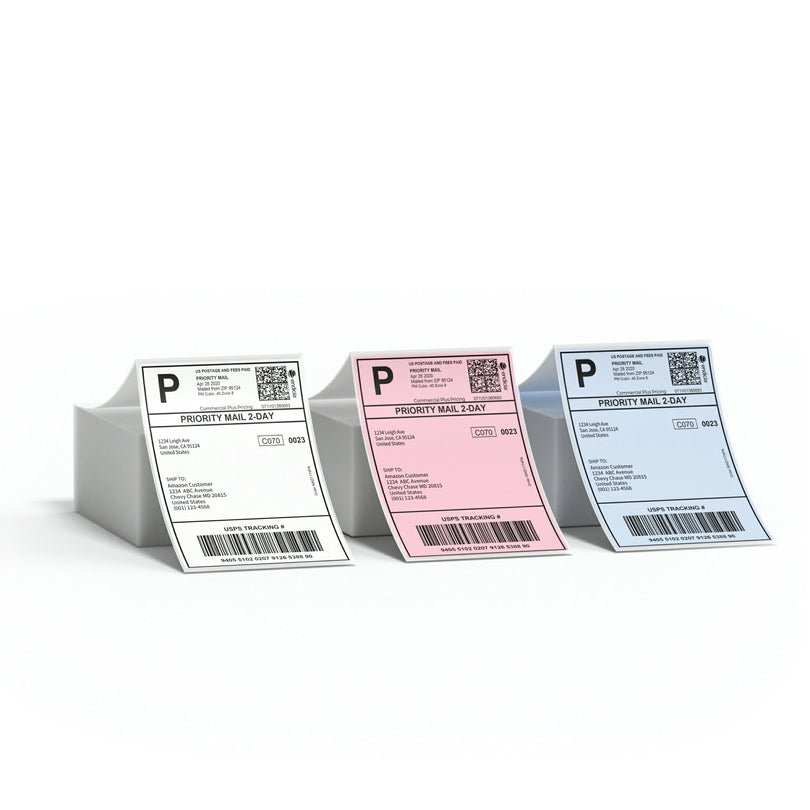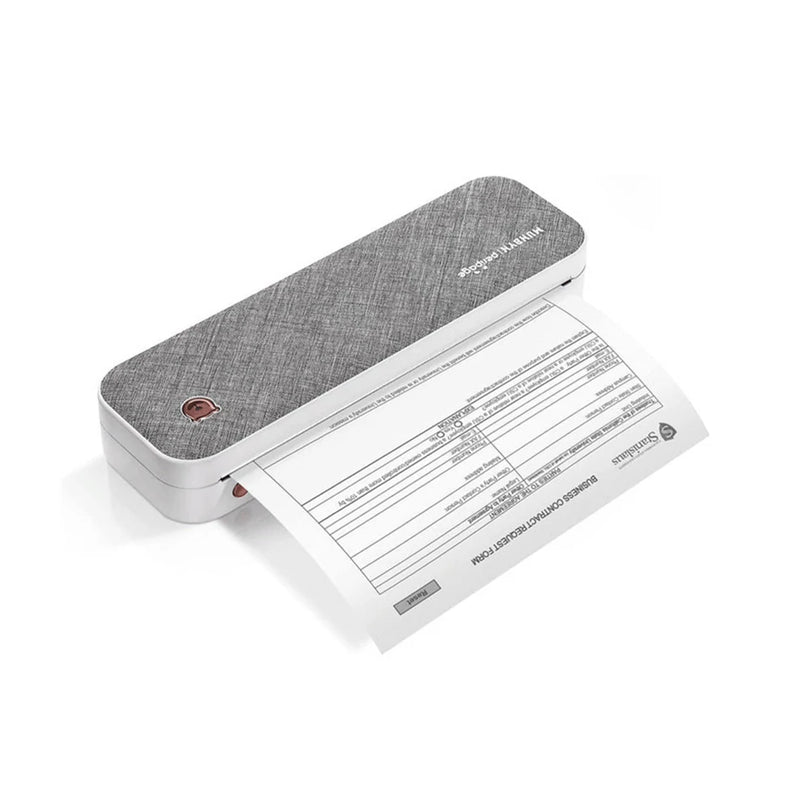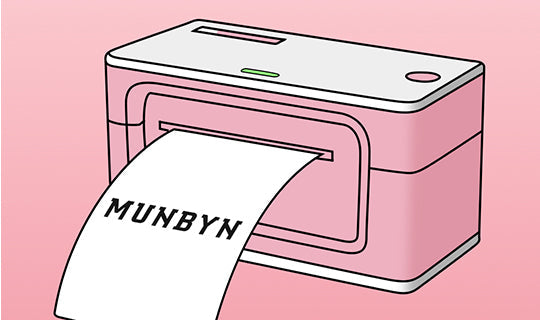Efficient shipping is a critical factor for success in the competitive world of Amazon selling. As an online marketplace that thrives on customer satisfaction and quick deliveries,there are a range of amazon shipping options for sellers to choose from. Understanding these options and selecting the right shipping strategy can significantly impact a seller's visibility, customer experience, and overall business growth.
This guide will explore the different shipping options available to Amazon sellers. We will discuss the pros and cons of each option.
Fulfilled By Merchant (FBM)
Amazon offers a different way to ship called Fulfilled By Merchant (FBM). This option lets sellers have full control over the whole order fulfillment process. They don't have to rely on Amazon's fulfillment network anymore. With FBM, sellers are in charge of storing inventory, preparing, packaging, shipping, and handling customer service for their orders.
Pros
With FBM, sellers can fully control their shipping processes. They can customize packaging, choose their preferred carriers, and use their own shipping strategies.
FBM is a more cost-effective option for sellers who have lower sales volumes. By opting for FBM, they can avoid the storage and fulfillment fees that come with FBA.
FBM enables sellers to list products that may not be eligible for FBA due to specific requirements or restrictions. This flexibility can be beneficial for sellers with unique or niche products.
FBM allows sellers to have direct communication with customers, fostering personalized interactions and potentially building stronger relationships.
Cons
FBM orders don't qualify for Amazon Prime benefits. As a result, FBM listings may have reduced visibility and lower conversion rates compared to FBA.
Customers expect fast and reliable shipping, often associated with Prime. FBM sellers must manage customer expectations and ensure timely deliveries to keep customers satisfied.
Dealing with customer inquiries, returns, and refunds can be time-consuming and may require extra resources for FBM sellers. Efficient customer service processes are crucial.
FBM sellers need enough storage space for their inventory and must carefully manage stock levels to avoid running out of stock or having excess inventory.
FBM is a good choice for sellers who want more control over shipping, have specific product requirements, or want to avoid certain FBA fees. FBM provides flexibility and direct customer interactions, which some sellers find beneficial. However, it lacks the convenience and Prime benefits of FBA.
Sellers should evaluate their business needs and shipping capabilities to determine if FBM is the right shipping method for them on Amazon.
Tips:
Sellers who choose FBM handle the entire fulfillment process, which includes packaging, labeling, and shipping the products directly to customers. This means sellers are responsible for creating and printing shipping labels and barcode labels for their packages.
For Amazon sellers using FBM, it's important to use a thermal printer and thermal labels. These tools allow sellers to make high-quality labels that stick well to packages. These labels contain important information like the shipping address and tracking number. They are durable and less likely to get damaged during shipping.
A thermal label printer saves sellers time and reduces mistakes in the shipping process. It also lets them add their own branding to the packages, giving them a personal touch.
Fulfilled By Amazon (FBA)
Fulfillment by Amazon (FBA) is a program offered by Amazon that allows sellers send products to Amazon to sell. With FBA, sellers can rely on Amazon to handle everything from storing their inventory to picking, packing, shipping, and customer service for their orders.
Pros
By using FBA, sellers automatically get access to Amazon Prime's speedy delivery options, including two-day and same-day delivery. This boosts their product's visibility and increases the chances of winning the Buy Box since customers highly value Prime badges.
FBA has fulfillment centers strategically located worldwide, resulting in faster shipping to customers and potentially reducing delivery times and costs.
Amazon handles customer inquiries, returns, and refunds on behalf of sellers. This saves sellers from dealing with time-consuming customer service tasks, allowing them to focus on other aspects of their business.
With FBA taking care of the operational aspects of order fulfillment, sellers have more time to concentrate on sourcing products, marketing, and growing their business. Additionally, FBA enables sellers to manage large order volumes during peak seasons without worrying about storage or fulfillment capacity.
Cons
Although FBA provides convenience, it involves fees for storage, order handling, and shipping. Sellers should carefully assess these costs to ensure profitability, especially for products with low profit margins or slow sales.
Monitoring inventory levels closely is crucial to avoid running out of stock or incurring excessive storage fees. While Amazon offers tools and reports for inventory management, proactive monitoring is necessary.
Certain products, such as hazardous materials or oversized items, may have restrictions or require special preparation for FBA. Sellers must ensure their products comply with Amazon's guidelines to avoid complications or limitations.
While FBA offers significant benefits, sellers rely on Amazon's operational efficiency for order fulfillment and customer service. Any disruptions or delays on Amazon's part can indirectly impact the seller's reputation and customer satisfaction.
Despite these considerations, FBA remains a popular choice for sellers due to its convenience, eligibility for Prime, and ability to handle order fulfillment logistics. It provides a scalable solution that can improve the customer experience and overall success of sellers on the Amazon platform.
When sellers choose FBA, they send their products to Amazon's fulfillment centers. Amazon takes care of storing, packaging, and shipping the products to customers. Before sending the inventory, sellers need to print and attach Amazon's barcode labels to each unit. A shipping label printer is very helpful in this process. It can print high-quality thermal labels at 300dpi and print up to 72 labels per minute. Using a thermal label printer makes it faster and more efficient for sellers to create and attach the required barcode labels. This ensures smooth inventory management within Amazon's fulfillment network.
RELATED: Ultimate Guide: How to Label Your Products for Amazon FBA
Seller Fulfilled Prime (SFP)
Seller Fulfilled Prime (SFP) is an Amazon program that enables eligible sellers to handle their own order fulfillment while still providing Prime benefits to customers. With SFP, sellers take charge of storing inventory, picking, packing, shipping, and managing customer service for their Prime-eligible orders.
Pros
By offering Prime benefits, sellers can tap into a large customer base of Prime members who prioritize fast and free shipping. This can lead to increased visibility, higher conversion rates, and improved customer loyalty.
SFP allows sellers to retain control over their shipping processes. They can customize packaging, choose preferred carriers, and implement their own shipping strategies.
SFP is a cost-effective choice for sellers who have the necessary infrastructure and capabilities to handle their own fulfillment. This way, they avoid paying storage and fulfillment fees required for FBA.
Sellers using SFP also have the opportunity to reach Prime members outside of the Amazon marketplace through Seller Fulfilled Prime-Enabled External Channels. This can expand their customer base and create more sales opportunities.
Cons
SFP sellers must meet strict performance metrics set by Amazon to maintain their eligibility. Failing to meet these metrics could result in losing SFP privileges and Prime eligibility.
To effectively handle SFP, sellers need to have efficient systems in place for inventory management, order processing, and customer service.
Meeting Amazon's required shipping times is crucial for SFP sellers to ensure timely deliveries. Failing to do so may lead to negative customer feedback or decreased customer satisfaction.
Sellers are responsible for managing returns and providing direct customer support, which can be time-consuming and require additional resources.
SFP offers a balance between the control and cost savings of self-fulfillment and the Prime benefits of FBA. It's a good choice for sellers who can meet Amazon's performance standards and efficiently handle order fulfillment and customer service. They must also have the necessary capabilities and infrastructure in place.
FBA Onsite
Fulfillment by Amazon (FBA) Onsite is a program provided by Amazon. Sellers can take advantage of Amazon's fulfillment capabilities while handling their inventory from their own warehouses or facilities. With FBA Onsite, sellers can benefit from Amazon's logistics expertise and customer trust without having to send their products to Amazon's fulfillment centers.
Pros
Sellers can take advantage of Amazon's extensive logistics infrastructure, expertise, and reliable fulfillment to ensure efficient shipping.
FBA Onsite sellers have access to Prime benefits, allowing them to reach a large and loyal Prime customer base. This can lead to higher sales and increased visibility.
Sellers retain control over their inventory, operations, and customer experience. They can manage everything from storage to shipping strategies according to their preferences.
Fulfilling orders from their own facilities enables sellers to save on shipping costs, particularly for orders located near their warehouses.
Cons
Sellers using FBA Onsite must have robust inventory management systems to handle the demands of the program. They also need efficient processes for order fulfillment.
Sellers have increased responsibilities, including maintaining accurate inventory levels, shipping items promptly, and managing customer service, including returns and refunds.
Setting up FBA Onsite requires initial setup and integration of inventory management systems with Amazon's platform, which may necessitate additional time and resources.
It's important to note that FBA Onsite is currently limited to domestic fulfillment within the seller's country, which may restrict international selling opportunities.
FBA Onsite offers sellers the advantage of utilizing Amazon's fulfillment capabilities while retaining control over their inventory and operations. It provides Prime eligibility, reduces shipping costs, and allows sellers to benefit from Amazon's customer trust.
FBA Onsite is particularly beneficial for sellers who prefer to manage their inventory in-house and have the necessary infrastructure to handle fulfillment while leveraging the strength of the Amazon brand.
Amazon Seller Central
Amazon provides Seller Central, a web-based platform that serves as the central hub for sellers to manage their Amazon business. Within Seller Central, sellers can access a variety of tools and resources provided by Amazon. These features assist sellers in tasks such as listing products, tracking inventory, monitoring sales performance, handling customer service, and managing other selling operations. All of these activities take place within the Amazon marketplace.
Pros
Selling on Amazon gives you access to a huge number of customers, which can boost your product visibility and sales.
Being on Amazon adds credibility and trust to sellers because customers know the platform is safe and dependable.
Seller Central provides helpful tools and resources to manage your selling operations effectively. These include inventory management, advertising options, performance tracking, and customer service features.
Seller Central offers different ways to fulfill orders, like FBA, FBM, SFP, and FBA Onsite. This gives sellers the freedom to choose the best option for their business needs and abilities.
Cons
The Amazon marketplace is highly competitive, and sellers may face challenges in standing out from their competitors. The pressure to offer competitive prices can also affect profitability.
Sellers need to be aware of the fees charged by Amazon, such as referral fees, fulfillment fees (for FBA), and subscription fees (for professional selling plans). These costs should be considered when setting prices and evaluating profitability.
Amazon's algorithms and policies can change, which can impact how products are seen by customers and how well they sell. Sellers need to be adaptable and stay informed about Amazon's guidelines.
Sellers depend on Amazon's platform and infrastructure for their business. Any technical issues or disruptions on Amazon's part can affect their ability to sell and fulfill orders.
Amazon Seller Central is a valuable platform for sellers to reach a wide customer base and manage their Amazon business. It provides useful tools and resources to optimize selling operations and offers different fulfillment options to suit sellers' preferences. Sellers should be aware of the competition, fees, and their reliance on Amazon's platform when using Amazon Seller Central. It's important to consider these factors carefully before starting to sell.
Shipping With Amazon (SWA)
Amazon provides a service called Shipping With Amazon (SWA) to help sellers with shipping. SWA takes care of the whole delivery process, starting from pick-up to the final delivery, using Amazon's wide logistics network. This service allows sellers to focus on important tasks like creating products, marketing, and taking care of customers. Amazon handles all the shipping logistics for them.
Pros
When sellers use SWA, their products can be enjoyed by Amazon Prime members, who are loyal subscribers. This gives sellers a chance to reach more customers and connect with active shoppers.
By using SWA, sellers can let Amazon handle the complicated tasks of fulfilling orders and delivering products. This allows sellers to focus on what they do best, saving time and resources to grow their business.
SWA benefits from Amazon's strong delivery system, which includes warehouses, delivery centers, and a wide network of carriers. This system ensures faster and smoother order processing and delivery, making customers happier.
Sellers can rely on Amazon's expertise in handling shipments, resulting in timely deliveries and fewer issues. This leads to satisfied customers and less time spent on customer service.
Cons
Using SWA involves fees and charges that can vary based on factors like package size, weight, and delivery distance.
When sellers rely on SWA for order fulfillment and delivery, they depend on Amazon's infrastructure and systems. This reliance can limit their control and flexibility in the shipping process.
Sellers must follow Amazon's packaging and labeling rules when using SWA. This might restrict their ability to include customized branding or packaging materials, which could affect their branding and customer experience.
SWA might not be available in all regions or countries. Sellers in such areas may need to consider other shipping options or find fulfillment solutions outside of Amazon.
In conclusion, Shipping With Amazon (SWA) provides sellers with a streamlined and effective method for handling order fulfillment and delivery. Selling on Amazon has its benefits, including simplified logistics, access to Prime customers, and dependable delivery. However, it's crucial to consider the costs, potential loss of control, packaging restrictions, and geographic availability. By weighing these pros and cons, sellers can make an informed choice about whether SWA is the suitable shipping solution for their business.
Wrapping Up
When you are an Amazon seller, you need to choose the best way to ship your products. It's important to think about things like how well you can manage your business, the way you send out orders, what your customers expect, and how much it will cost you.
No matter which shipping option you choose, having shipping labels and a label printer is very important. Whether you use Shipping With Amazon (SWA), Fulfillment by Amazon (FBA), or merchant fulfillment, shipping labels and a label printer make things easier. With a label printer, you can make professional shipping labels that have important information like addresses, tracking numbers, and barcodes.
If you're looking for high-quality thermal products like label printers, Munbyn offers reliable and efficient thermal printers that can simplify your shipping process. To learn more about Munbyn thermal products and how we can benefit your Amazon business, visit our website and explore our product offerings.
Now that you know more about how does amazon seller shipping work, use the knowledge you gained from this guide. Find a shipping strategy that fits your goals, and get ready for your business to grow and make more money on Amazon.














